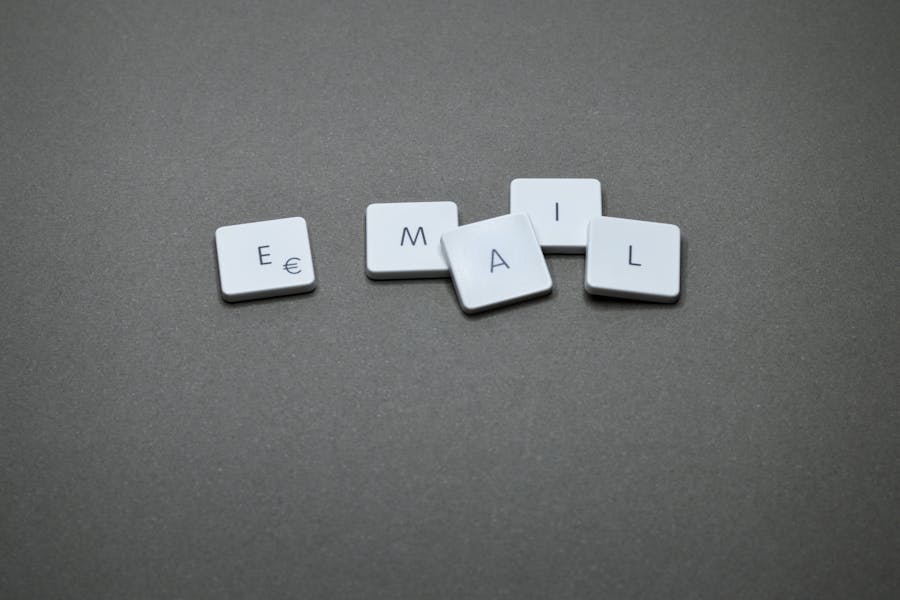Email is one of the oldest tools in digital marketing. Even so, it’s still very effective for ecommerce. People check their emails daily, and a well-crafted message can bring them straight to your store. Unlike social media posts that come and go, emails land directly in someone’s inbox. That makes them personal and hard to ignore.
Many online stores rely on email to announce sales, share new arrivals, and build loyalty. Customers who subscribe to your list are already interested in what you sell. That makes them more likely to open, click, and buy. Plus, email is cost-effective. You don’t have to pay for each click like you do with ads.
When used well, email can keep your store at the top of people’s minds. It helps build long-term relationships and brings steady traffic to your website. But it’s not just about sending lots of emails. The real trick is to send the right emails at the right time.
How to Plan Your Ecommerce Email Strategy
Before you write your first email, it helps to make a plan. Start by setting clear goals. Do you want to get more first-time buyers? Bring back past customers? Or boost average order value? Each goal needs a different type of email.
Think about your audience too. Not every shopper is the same. Some may love new product updates, while others might only respond to big discounts. Segmenting your email list helps here. You can create groups based on what people bought, how often they shop, or even where they live. Then you can send messages that feel personal and relevant.
Timing matters as well. Many ecommerce stores use automated emails triggered by customer actions. For example, when someone leaves items in their cart, they get a reminder. Or after they buy, they might get a thank you email with tips on using the product. These automated emails save time and often get good results.
Keep an eye on your data. Open rates, click rates, and sales from emails can tell you what’s working. Test different subject lines, images, or offers to see what gets the best response. Small changes can sometimes make a big difference.
What Makes a Good Email?
If you’re looking for inspiration, there are many ecommerce email marketing examples to learn from. The best emails share some common traits. First, they keep things simple. People get lots of emails every day, so clear design and short text work best. Use eye-catching images, but don’t overload the email. Too many pictures can distract from your main message.
Next, a good subject line matters. It should be clear and honest about what’s inside. Avoid clickbait that disappoints readers. If your email offers free shipping, say so directly.
Personalization also helps. Even adding someone’s first name can improve engagement. But you can go further by recommending products based on what they browsed or bought before.
A strong call-to-action is key. Tell readers exactly what you’d like them to do: “Shop now,” “See new arrivals,” or “Claim your discount.” Make it easy to click by using buttons rather than plain links.
Finally, remember that most people check emails on their phones. Make sure your design looks good on small screens. Use large fonts and keep the layout simple so it loads quickly.
Growing Your Email List
Before you can send great emails, you need people to send them to. Start by adding sign-up forms to your website. Offer something in return, like 10% off their first order or free shipping. That gives shoppers a reason to share their email address.
Pop-up forms can work too, but use them carefully. Too many pop-ups can annoy visitors. Timing them to appear after someone browses for a while often works better.
Social media is another place to find subscribers. Share a post inviting followers to join your list. Explain what they’ll get, like exclusive offers or early access to sales.
You can also add email sign-ups at checkout. Many shoppers will opt in if it means getting updates on their order or future deals.
Final Thoughts
Email marketing is still one of the best ways to connect with your customers. It’s direct, personal, and cost-effective. The key is to send useful, relevant emails that people actually want to read.
By planning your strategy, learning from strong ecommerce email marketing examples, and growing your list, your store can see real results. Even small online shops can use email to boost sales and build customer loyalty.
Done right, email can keep your business in touch with shoppers long after they leave your website. It’s a simple tool that continues to deliver strong returns year after year.


